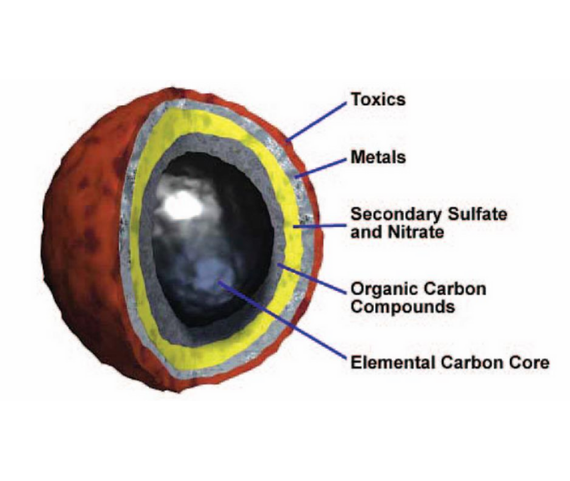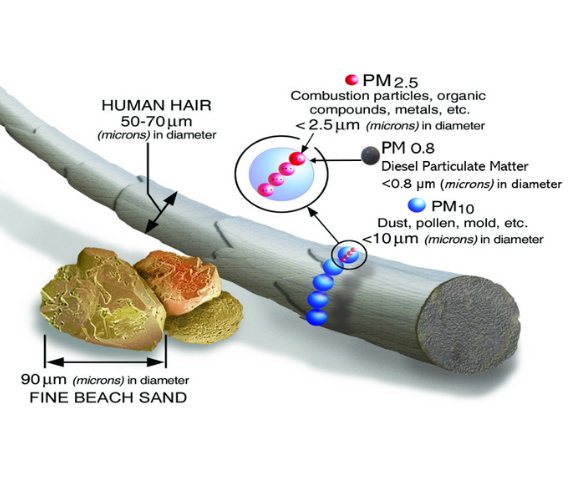Why monitor your diesel emissions?
Breathe easy with the gold standard solution for diesel emission monitoring. Progressive companies take care of their workers by smart monitoring of diesel emissions in confined spaces.
DEEE is a combination of particulates and gases which can be composed of up to 90 different chemicals. This includes more than forty substances that are listed as hazardous air pollutants and fifteen substances which are listed as carcinogenic to humans. Occupational exposure can present itself in the form of short term acute effects such as eye and respiratory irritation through to long term chronic conditions such as heart disease and cancer.
The World Health Organisation has recognised DPM as a Group 1 carcinogenic based on the findings of the International Association for Research of Cancer (IARC). They concluded that the use of diesel powered equipment in a confined space can result in an elevated risk of workers developing cancer by between 20 and 50 percent.
World Health Organisation, 2012

Diesel engine exhaust emissions (DEEE) include a complex mix of gases, vapours, liquid aerosols and particulate substances. These particles, known as diesel particulate matter (DPM), include fine carbon particles (for example, elemental carbon and organic carbon) including hazardous chemicals known as poly aromatic hydrocarbons (PAHs). The PAHs adhere to the surface of carbon particles. Of concern for workers in enclosed spaces or anywhere there is inadequate ventilation is that DPM can act like a gas and stay airborne for long periods of time. At less than 800 nanometres (<0.8 microns) not only is DPM invisible to the naked eye but being so small, it can penetrate deep into the lungs and be absorbed into the bloodstream. For these reasons, it is often referred to as the hidden evil.

The diameter of hair is 50,000 to 70,000 nanometres (nm).
Visible dust is generally down to 10,000 nm, when inhaled is captured by the nose and throat, this includes particles down to 5,000 nm, which is invisible to the naked eye.
Even smaller are particle ranging from 5,000 nm to 1,000 nm are of a natural source and captured by the trachea and lungs.
The final range from 1,000nm and below is relevant to diesel emissions and can pass through the alveoli in the lungs and be absorbed into the bloodstream. Generally, the majority of agglomerated diesel particles range from 70 to 370 nm.
Lung cancer is the most common cause of cancer death, killing over 1.7 million people globally in 2018.
In the workplace, diesel engine exhaust is the most common cancer-causing agent workers are exposed to when in confined spaces.
The effects of exposure to diesel emissions can have a long latency period, which means it may take 10 to 30 years until chronic health issues appear.

Capturing information about DPM levels is a critical first step in order to make informed decisions and manage worker health risks, as well as verify and adapt the controls that are in place to minimise exposure risk. Having continuous, real time data at your fingertips allows employers to make timely, data-driven and pro-active decisions to protect workers. A healthy workforce is an efficient workforce.
Pinssar’s practical diesel emissions monitoring solution has been designed to withstand the toughest environments.